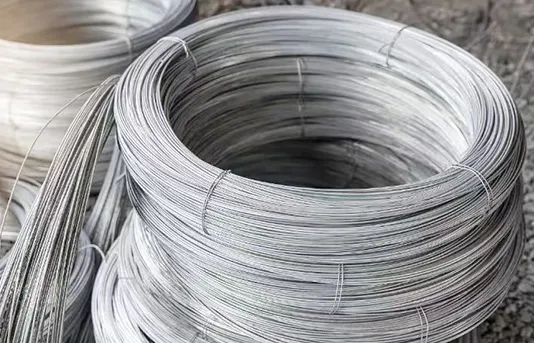-
 Phone:
Phone: -
 Email:
Email:

rock mesh retaining wall
Rock Mesh Retaining Walls A Sustainable and Effective Solution
In the realm of civil engineering and construction, retaining walls play a critical role in managing soil erosion, stabilizing slopes, and preventing landslides. Among the various types of retaining wall designs, the rock mesh retaining wall has emerged as a sustainable and efficient solution, combining durability with ecological benefits.
What is a Rock Mesh Retaining Wall?
A rock mesh retaining wall is a type of wall that utilizes a framework of metal mesh, typically composed of hexagonal steel wire, to hold rocks or boulders in place. This design not only enhances the structural integrity of the wall but also allows for natural drainage, making it an effective solution for various geographical settings.
The construction of a rock mesh retaining wall begins with the excavation of the intended site. This is followed by the installation of a foundation to provide stability. The mesh is then positioned, and large rocks or coarse aggregates are packed behind it. The mesh acts as a supportive structure, keeping the rocks from sliding or shifting while also allowing water to flow freely through the voids, reducing pressure on the wall itself.
Advantages of Rock Mesh Retaining Walls
1. Environmental Sustainability One of the most significant benefits of rock mesh retaining walls is their minimal impact on the environment. Unlike traditional concrete walls, which can disrupt local flora and fauna, rock mesh walls blend seamlessly into their surroundings. The use of natural materials and the ability to integrate vegetation enhance biodiversity and promote natural ecosystems.
2. Cost-Effectiveness Rock mesh retaining walls often prove to be more cost-effective than traditional retaining wall systems. The materials used, primarily rocks and wire mesh, are generally less expensive than concrete or masonry. Additionally, the construction process can be quicker, reducing labor costs.
rock mesh retaining wall

3. Ease of installation The construction of rock mesh retaining walls is relatively straightforward and can often be undertaken by smaller, less specialized teams. The flexibility of the design allows for installation on various terrains and slopes, making it suitable for both urban and rural areas.
4. Durability and Longevity The robust materials used in rock mesh retaining walls ensure high durability against environmental stress such as water infiltration, freeze-thaw cycles, and erosion. Metals like galvanized steel can withstand corrosion, providing a long-lasting solution with minimal maintenance requirements.
5. Aesthetic Appeal Rock mesh retaining walls offer a natural appearance that often enhances the beauty of the surrounding landscape. The use of varying sizes and types of stones allows for creative designs, making these walls not just functional but also attractive.
Applications
Rock mesh retaining walls are versatile and can be employed in various applications. They are particularly effective in areas prone to heavy rainfall or steep slopes, as they mitigate erosion and manage stormwater effectively. These walls are also frequently used in landscaping projects, road construction, and environmental restoration, where they support soil and vegetation while maintaining a natural look.
Conclusion
In conclusion, rock mesh retaining walls represent a practical and sustainable alternative to traditional retaining wall designs. Their combination of environmental benefits, cost-effectiveness, ease of installation, durability, and aesthetic appeal makes them an excellent choice for various engineering projects. As we continue to seek solutions that harmonize with nature and address the impacts of urbanization and climate change, rock mesh retaining walls stand out as a testament to innovative and responsible engineering practices.
-
Wire Mesh for Every Need: A Practical SolutionNewsJul.25,2025
-
Steel Fences: Durable, Secure, and Stylish OptionsNewsJul.25,2025
-
Roll Top Fencing: A Smart Solution for Safety and SecurityNewsJul.25,2025
-
Cattle Farm Fencing Solutions for Maximum SecurityNewsJul.25,2025
-
Affordable Iron Binding Wire SolutionsNewsJul.25,2025
-
Affordable Galvanized Wire SolutionsNewsJul.25,2025
-
Wire Hanger Recycling IdeasNewsJul.25,2025








